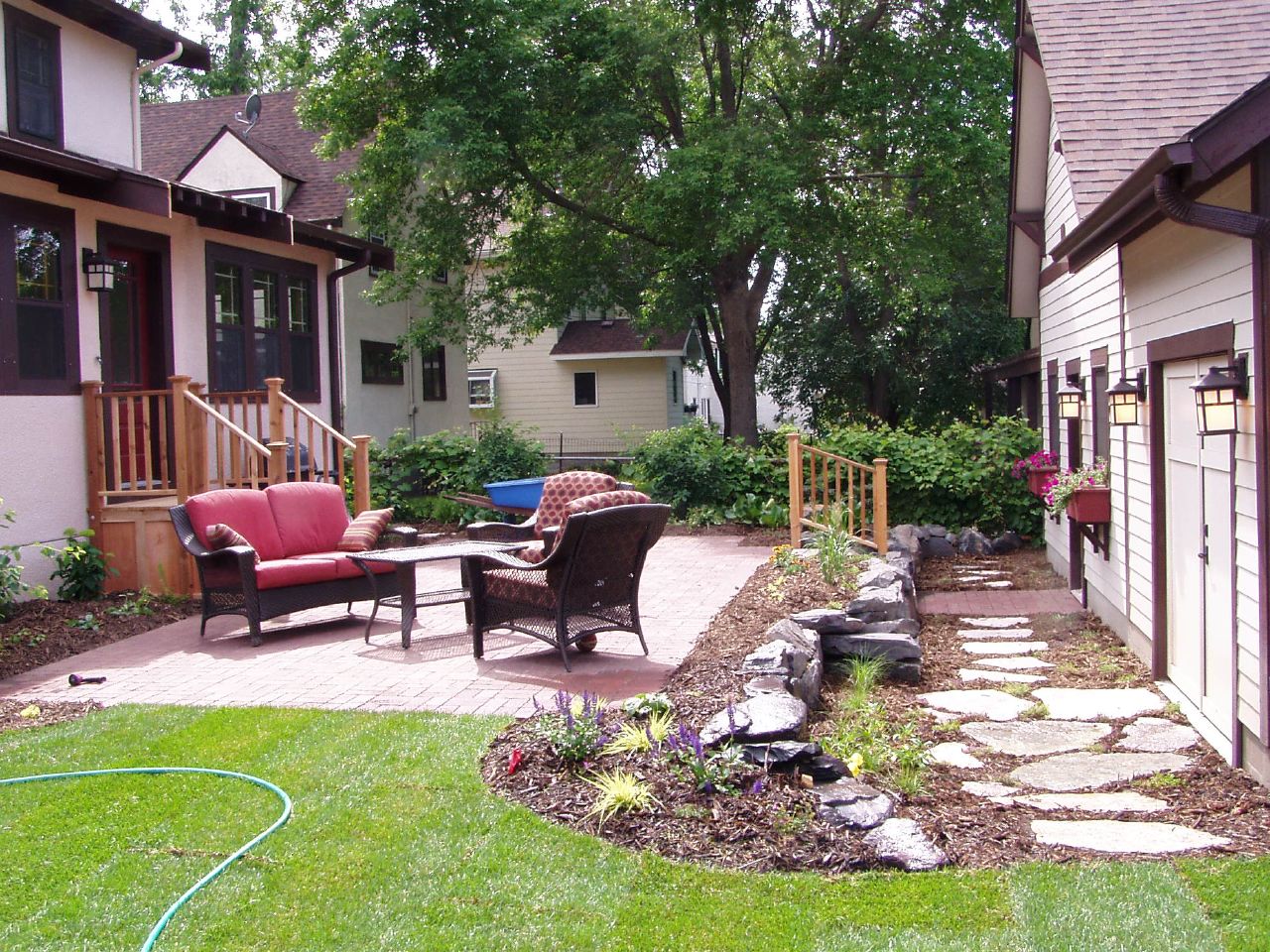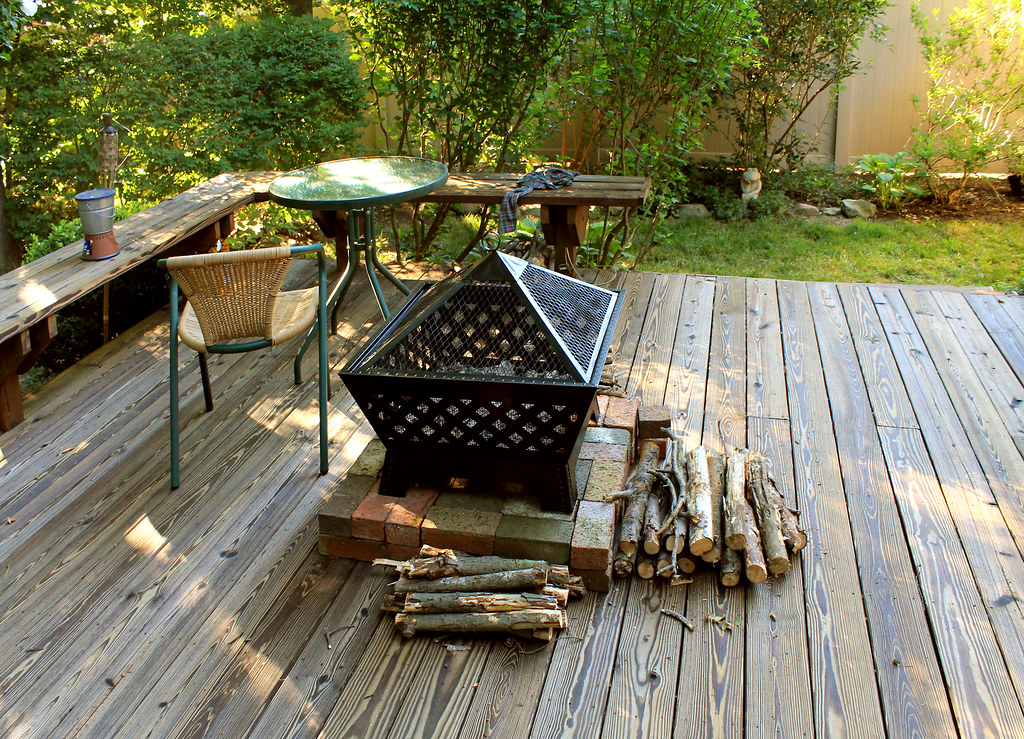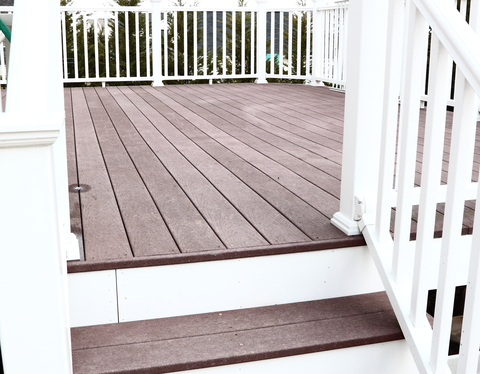Before we begin on the topic, let’s make it clear that whether a fencing material is actually good or not, largely depends on what purpose it serves. This is why chain-link fences are excellent options when protection or physical security against potential intruders is a primary concern, but they are not going to be the best for obvious reasons, if you have privacy concerns. Keeping that in mind, let’s now discuss vinyl and what purposes it’s good for as a fencing material.

The Short Answer
Even with the point about specific use purposes in mind, vinyl cannot be considered as anything but one of the most all rounded fencing materials available for most people out there. So, the short answer is yes, vinyl is a great fencing material in general, and especially for private residences.
The Long Answer
The claim for vinyl being one of the best, if not the best fencing material available today is often made by companies that deal in vinyl fencing exclusively. However, that claim isn’t totally unfounded, because it just has too many advantages over almost every other fencing material we generally use. To shed more light on the kind of advantages we are discussing here, let’s get into the details.
Moderate Protection
The physical protection which a vinyl fence can offer is somewhat limited, as compared to its metallic and hardwood counterparts such as steel and cedar. In spite of that, high quality, thick vinyl fencing can also provide significant physical protection against potential break-in attempts. It may not be industrial grade protection, but as far as home invasion is concerned, thick vinyl fences can provide dependable protection.
Privacy
Make your vinyl fencing high enough and no one will ever be able to peek in while passing by. There are no gaps (unless you want gaps) in vinyl fencing, so privacy is guaranteed.
Design
While it used to be boringly white at one point in time, that is no longer a limitation. Pay a visit to Northlandfence.com if you want to choose from vinyl fencing options that come in a wide range of colors, designs and patterns. They even offer a non-prorated lifetime warranty on all their vinyl fencing products and installations.
Lifetime Investment?
Unlike any other material used for building fences, vinyl does not or rather cannot rot or rust. This technically makes vinyl fences a lifetime investment. This means that come rain, snow, ice or sunshine, your vinyl fences will remain unaffected by the weather for decades.
Zero Maintenance
Unless there’s intentional, natural or accidental trauma, vinyl also doesn’t get chipped, and it won’t peel away or develop cracks under normal circumstances. The color may or may not fade after a long time though, depending on the quality of the material itself.
It’s not just one aspect of the material that makes vinyl perfect, but it’s the combination of it all. If you take the time to do some of your own research, there is no other fencing material in the market that can cover so many fronts, especially at that price point.
Tags: backyard, contemporary, deck, fence, home improvement, landscaping, patio, vinyl







